In the production of new energy battery separators, the parameter adaptation of the film slitting machine directly affects the quality and production efficiency of the separator. The following are the key points of adaptation and optimization suggestions for key parameters:
1. Slitting width and tension control
• Width accuracy: The slitting width of lithium battery separators is usually required to be within ±0.1mm, and the slitting scheme needs to be customized according to the width of the pole and battery model. For example, when slitting a 12 μm diaphragm, avoid burrs or crimps.
• Tension control: The separator (e.g., PE/PP/ceramic coating) is tension-sensitive, and a closed-loop tension control system (e.g., magnetic particle brake + tension sensor) is required, with a typical tension range of 5-50N, and the specific value needs to be adjusted according to the thickness of the substrate (e.g., a 20μm diaphragm may require 15-20N).
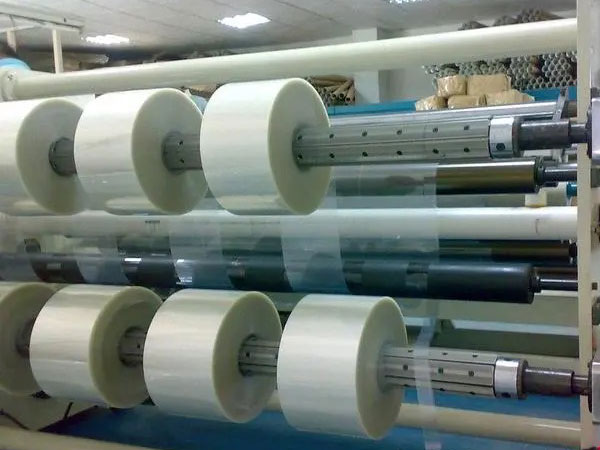
2. Slitting speed and tool selection
• Speed adaptation: The slitting speed of the coated diaphragm is usually 50-200m/min, which is affected by the characteristics of the material (e.g., ceramic coated separators need to be anti-chipping at low speed).
• Tool configuration:
◦ Circular blade: suitable for high-precision slitting, the cutting edge angle is recommended to be 20°-30°, and the material is preferentially carbide (such as YG8).
◦ Air suspension tool holder: reduces vibration and ensures cut flatness.
3. Dust removal and cleaning system
• Electrostatic dust removal: The surface of the diaphragm should reach ≤0.1 particles/cm² (particle size ≥ 0.5μm), and it is recommended to configure an ion air rod + clean room environment (Class 1000 or less).
• Online Defect Detection: Integrated CCD inspection system to monitor slitting edge quality in real time.
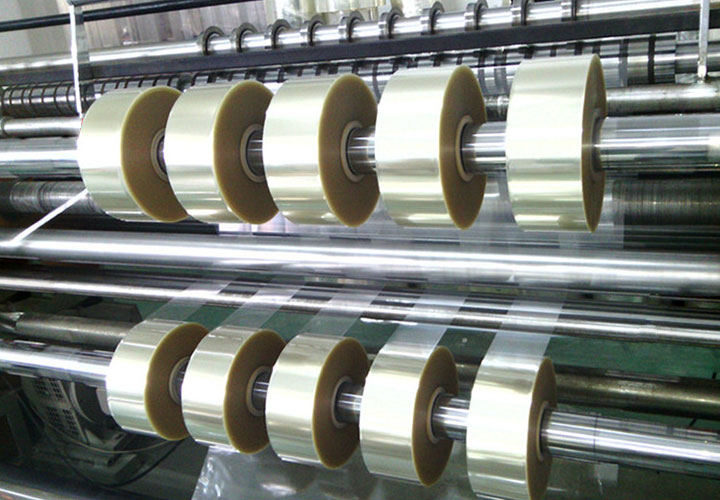
4. Winding parameters
• Winding taper control: The initial tension is set to 70% of the peak tension, and the taper ratio is recommended to be 10%-20% to prevent the film coil from collapsing.
• Core material: Aluminum alloy or carbon fiber core (diameter 3-6 inches) is selected to ensure concentricity ≤ 0.05mm.
5. Environmental control
• Temperature and humidity: The recommended ambient temperature is 23±2°C, and the humidity is 45±5%RH to prevent moisture absorption and deformation of the diaphragm (especially for PVDF coated diaphragms).
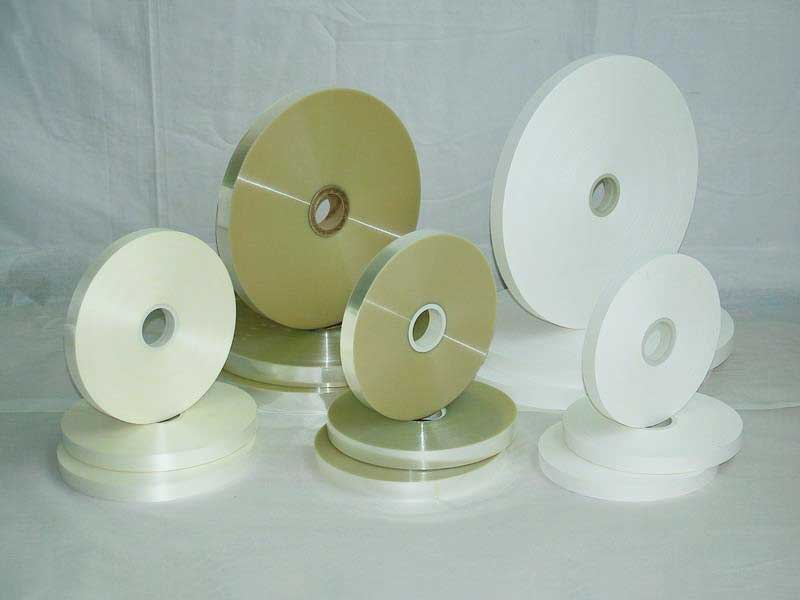
6. Material property adaptation
• Multi-layer composite separators: For example, PP/PE/PP three-layer structures, the slitting parameters need to be optimized to reduce the risk of interlayer peeling.
• Coating separator: Ceramic or aramid coatings need to reduce the slitting speed by 10%-20%, and high-frequency vibrating tools are used to reduce coating peeling.
7. Data traceability and intelligence
• Integrated MES system to record slitting parameters (e.g., tension fluctuations, tool life) to achieve process traceability.
Example parameter table (using 12μm PE separator as an example)
| parameter | Set value |
| Slitting width | 650±0.1mm |
| tension | 18±2N |
| Slitting speed | 120m/min |
| Tool type | Carbide circular knife (25° edge angle) |
| The initial tension of the winding | 15N (15% taper) |
Through the above adaptation, the edge quality, thickness uniformity and winding neatness after separator slitting can be ensured, and the requirements of low defect rate and high consistency of lithium battery production can be ensured. In actual production, the combination of parameters needs to be optimized through DOE experiments.
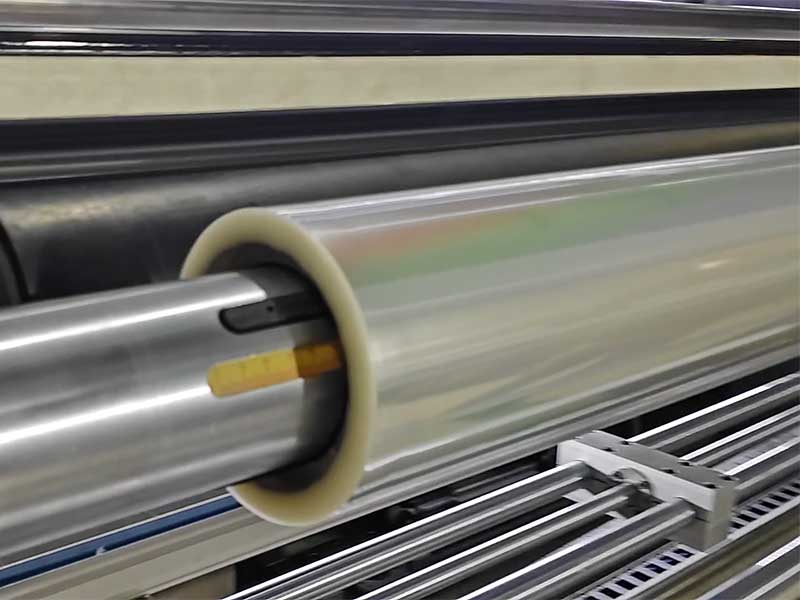
The intelligent control design of the new generation of film slitting machine represents the transformation of industrial equipment from "tool" to "partner".
20. December, 2025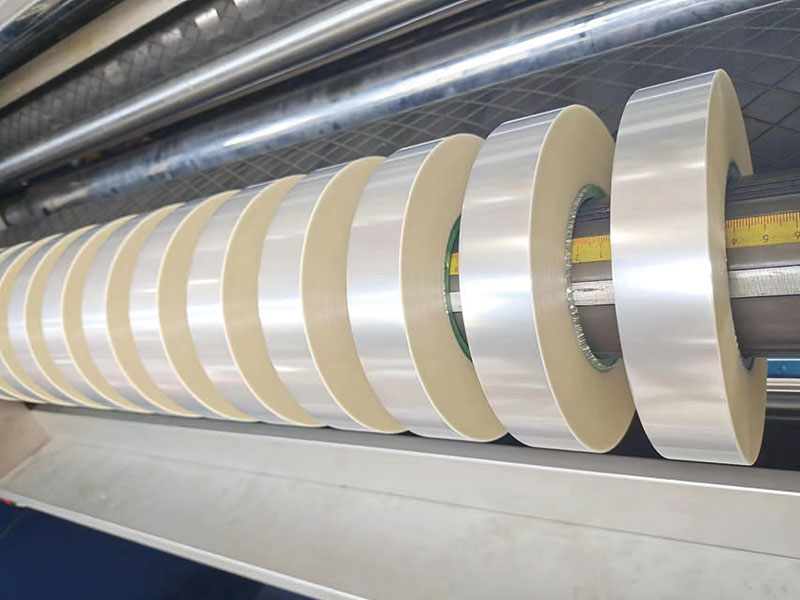
Achieving continuous 1,000 hours of trouble-free operation requires not only systematic technical upgrades, but also all-round innovation from design concept to maintenance strategy.
20. December, 2025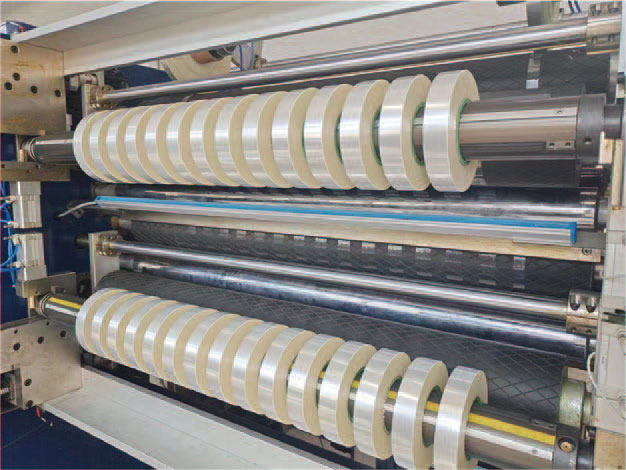
In the face of a dazzling array of models on the market, how to make informed decisions when purchasing?
20. December, 2025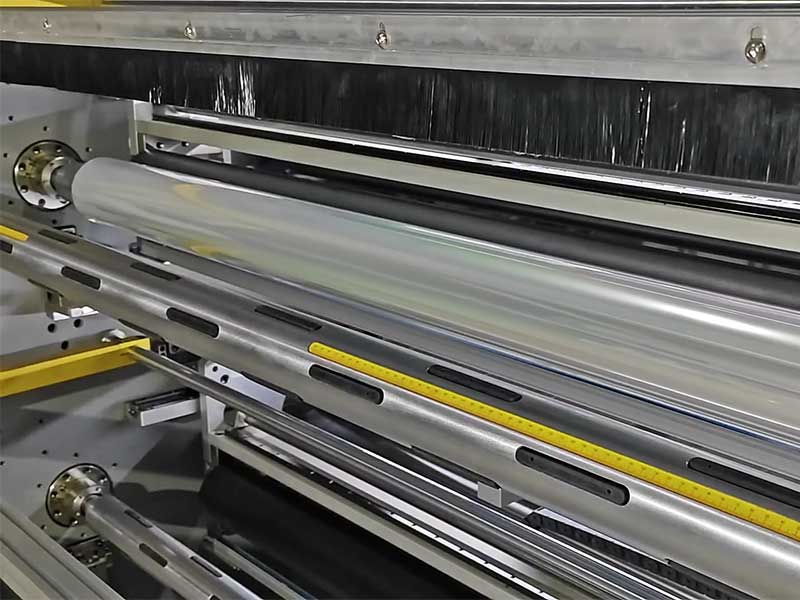
These film materials need to be precisely cut into different widths during the production process to meet the needs of various models and components.
10. December, 2025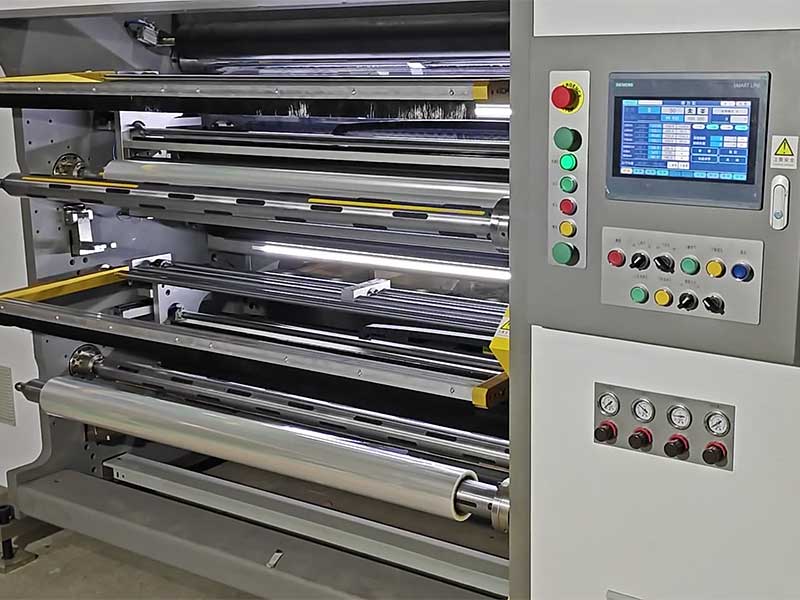
The automotive film slitting machine, an increasingly intelligent "cutting knife", is accurately cutting out redundant costs, inefficient processes and backward production methods.
10. December, 2025